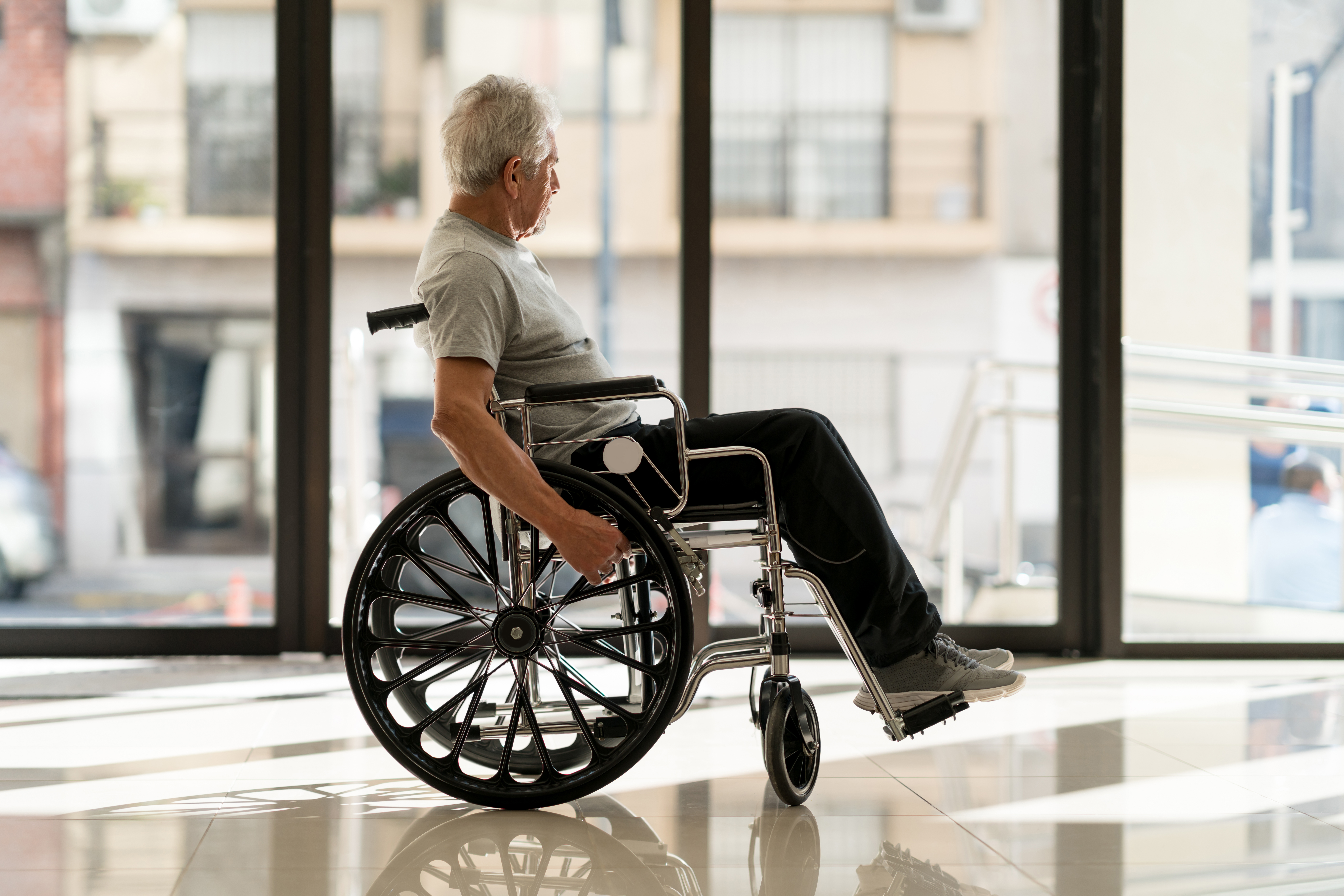AARP Hearing Center
For Immediate Release:Oct. 14, 2020
Contact: Dave Bruns, dbruns@aarp.org , 850.228.2759
Traditionally America’s Grayest State, Florida Recently Showed Higher Rate of Recent
COVID-19 Cases and Deaths in Nursing Homes than the National Average
St. Petersburg, Fla. – AARP’s Florida state director, Jeff Johnson, said today that a new AARP dashboard shows several concerning trends recently in how Florida nursing homes are handling the coronavirus pandemic, but could provide state officials with insights on how to do better.

“The state of Florida and the nursing home industry each have a duty to protect Floridians living in nursing homes,” Johnson said. “We are currently seeing some downward trends in state-released data that are encouraging, but this new AARP dashboard shows serious gaps in how they are meeting that duty. As we head into another dangerous season for the coronavirus pandemic this winter, this new tool will be helpful in tracking how states are managing the crisis.”
Using data from the Centers for Medicare & Medicaid Services—which is self-reported by nursing homes—the AARP Public Policy Institute, in collaboration with the Scripps Gerontology Center at Miami University in Ohio, created the AARP Nursing Home COVID-19 Dashboard to provide four-week snapshots of the virus’ infiltration into nursing homes and impact on nursing home residents and staff. Notably, the first release of the dashboard on October 14 reveals that nursing homes in every state reported shortages of PPE, ranging from 8 percent of facilities in the best-performing states, to 60 percent in the lowest-performing state. The dashboard also compared state and national data on COVID-19 cases and deaths, staff cases and staffing shortages.
The federal data does not include coronavirus cases among residents or staff of assisted-living facilities, group homes and other congregate elder-care facilities, which are included in Florida government statistics often cited by AARP Florida.
By their own reports, 47 percent of Florida nursing homes reported active cases of COVID-19 among residents in the four weeks ending Sept. 20, while nursing homes across the U.S. averaged 24 percent. Florida nursing homes reported 0.69 resident deaths per 100 nursing home residents in that period, while the national average rate was 0.48 deaths per 100 residents.
In the four weeks ending Sept. 20, Florida ranked significantly worse than the national average in COVID-19-related infections among staff in nursing homes. Some 72 percent of Florida nursing homes reported staff infections from COVID during this period, compared to about 48 percent nationwide, and just below the highest percentage in the nation, 76 percent.
Florida nursing homes fared better than the national average in having at least a week’s worth of personal protective equipment (PPE), with about one in five Florida nursing homes reported having less than a week’s worth of protective gear on hand over the four weeks ending Sept. 21. Nationally, 28 percent of nursing homes reported having less than a week’s worth of PPE on hand.
Johnson also noted that nearly nine out of 10 Florida nursing homes have had at least one COVID-19 infection since January.
The nursing-home dashboard report comes three weeks after the release of the 2020 edition of the long-term services and supports scorecard prepared by AARP, the Commonwealth Fund and the SCAN Foundation. The 2020 Scorecard ranked Florida ranked 51st out of the 50 states and the District of Columbia on indicators of long-term care excellence. In the 2017 edition of the Scorecard, Florida ranked 43rd. The Scorecard for 2020 was prepared using 2019 data, before the onset of the coronavirus pandemic, and does not include any findings on the impact of the pandemic on long-term care.
Johnson noted that Florida has been fortunate to attract millions of older people from all over the nation and the world, spending billions of their dollars each month to bolster the state’s economy even as tourism and other mainstays of the Florida economy have suffered setbacks. “In a state that traditionally has ranked as the grayest in the nation, older Floridians should be able to expect that their protection should be a high priority,” he said.
Johnson renewed AARP Florida’s call for mandatory regular, frequent, rapid-result testing of staff, residents, visitors and vendors at all Florida elder-care facilities, as well as for stepping up efforts to provide all elder-care facilities with adequate supplies of PPE.
# # #
About AARP:
AARP is the nation’s largest nonprofit, nonpartisan organization dedicated to empowering people 50 and older to choose how they live as they age. With a nationwide presence and nearly 38 million members, AARP strengthens communities and advocates for what matters most to families: health security, financial stability and personal fulfillment. AARP also produces the nation's largest circulation publications: AARP The Magazine and AARP Bulletin. To learn more, visit www.aarp.org or follow @AARP and @AARPadvocates on social media.































































